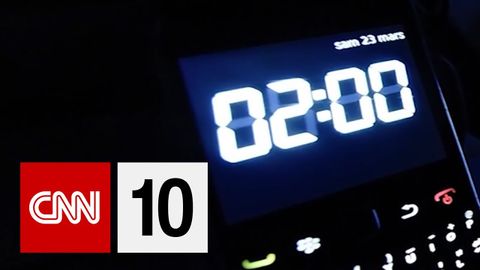
Subtitles & vocabulary
So Why Do We Change Our Clocks?
00
林宜悉 posted on 2020/10/24Save
Video vocabulary
trigger
US /ˈtrɪɡɚ/
・
UK /'trɪɡə(r)/
- Noun
- Lever on a gun that you pull to fire
- Device that starts a process
- Transitive Verb
- To start a process off e.g. a memory
- To cause something to begin or happen.
B1
More consumption
US /kənˈsʌmpʃən/
・
UK /kənˈsʌmpʃn/
- Noun (Countable/Uncountable)
- The act of buying and using products
- The act of using energy, food or materials; the amount used
B1
More establish
US /ɪˈstæblɪʃ/
・
UK /ɪˈstæblɪʃ/
- Transitive Verb
- To set or create something to last for a long time
- To use facts, evidence to show truth or clarity
A2TOEIC
More extra
US /'ekstrə/
・
UK /'ekstrə/
- Adjective
- More than necessary; additional
- Of especially good quality or grade.
- Noun (Countable/Uncountable)
- Items more than you need; additional items
- Person who has a small part in a movie
A2
More Use Energy
Unlock All Vocabulary
Unlock pronunciation, explanations, and filters
